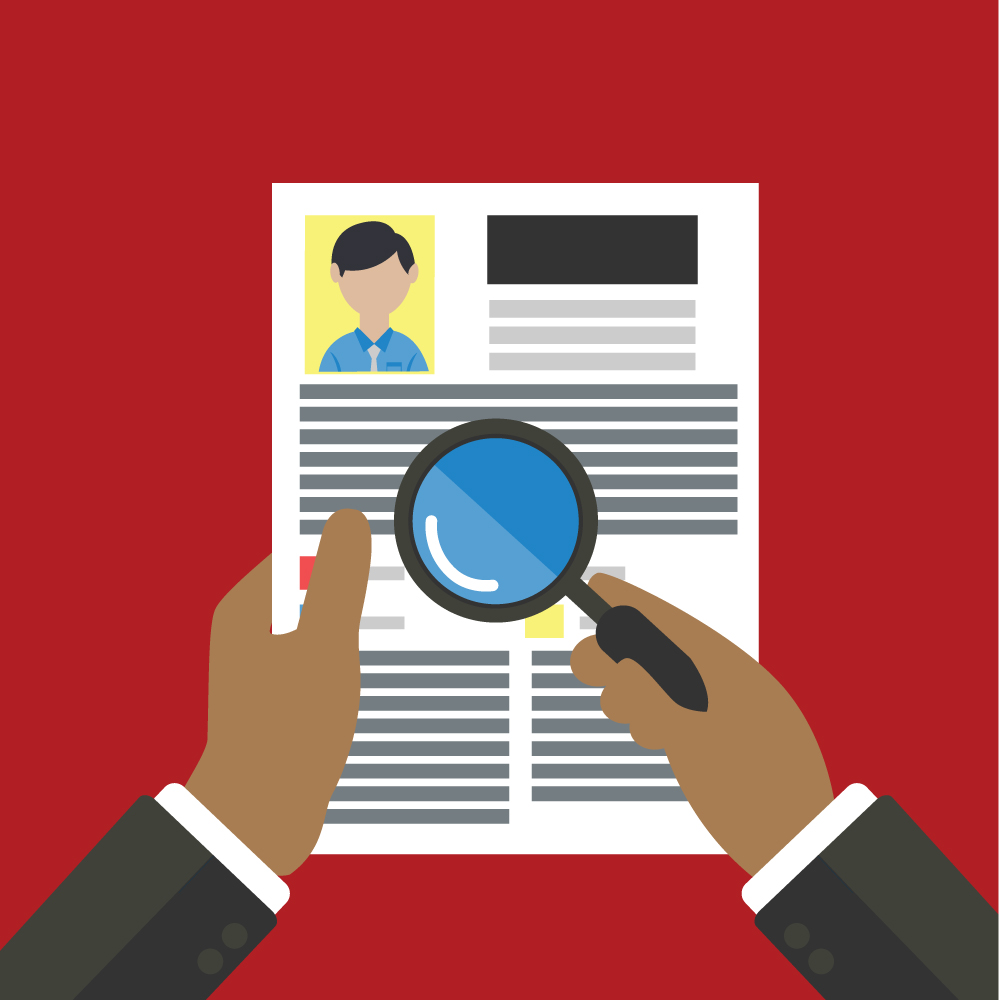
As I write this, I’m in the midst of marking 80 LinkedIn profiles. You read that right: in both of my online writing courses this term, I’ve assigned LinkedIn profiles as task number one. That’s how important I think they are to students embarking on a new career path. Part public resumé, part networking channel, LinkedIn has become an important tool for anyone who wants to show up professionally, share credentials, and get found in hiring searches.
While it’s highly worthwhile to fill out your Editors Canada Directory profile (make that task number two), beefing up your LinkedIn profile to “All-Star” level (if you have to ask, you may not be there) should be a priority for most editing professionals today. There are already countless articles out there about profiles with photos netting 20 per cent more views, so here are a few lesser-known tips that I am always suggesting to students to help to make their profiles more readable and accessible.
Show your personality
Since LinkedIn is workplace-focused, there aren’t as many places to show your flair as some of those more image-oriented platforms (ahem, Instagram!). That’s why I think every wordsmith should take advantage of the 2,000 allotted characters in the About section. Here’s where we storytellers can shine, leading the visitor along the pathway that is your career, inspiring them with what motivated you to get into your line of work. You can even explain any twists and turns that they will see in the Experience section of your profile.
Fully describe your experience
While LinkedIn allows plenty of room for detail in the Experience, Education, and Volunteer Experience sections, so many people just write the minimum. My favourite entries include a one-line description that summarizes your workplace (e.g., “national book publisher serving a Young Adult market”), plus two to three specifics about the work you do there, more if you’ve been there longer or in more roles. Unless you work for a globally recognized corporation such as Apple, it’s helpful to define your company (e.g., “The Globe and Mail is a national Canadian newspaper that serves X readers”). This advice holds true especially for my international students, whose workplaces might be impressive but unknown to me, or for someone who works for a boutique organization that is not a household name.
Use jargon — and don’t
If you are in an industry or applying to jobs where there are keywords, feel free to use them to signal that you know the industry language. For editors, that can mean using terms such as substantive or developmental editing or noting that you’re available as a sensitivity reader. We editors understand those terms and by using them you impart this shared language. At the same time, you want to remain open to that high-paying client who may skip your profile if she doesn’t know what substantive means — so look for places to also define jargon too.
Get that string of numbers off of your profile link
A final element that separates the pros from the amateurs is the string of characters that LinkedIn adds by default after your name in the URL, unless you complete a very easy fix. Search “how to simplify your LinkedIn URL” to get the instructions. You’re welcome!
By tweaking your LinkedIn profile with these upgrades, you will communicate your professional status as an editor, enhance your credibility and truly articulate your skills for potential clients and employers.
___
The Editors’ Weekly is the official blog of Editors Canada. Contact us.
Discover more from The Editors' Weekly
Subscribe to get the latest posts sent to your email.
